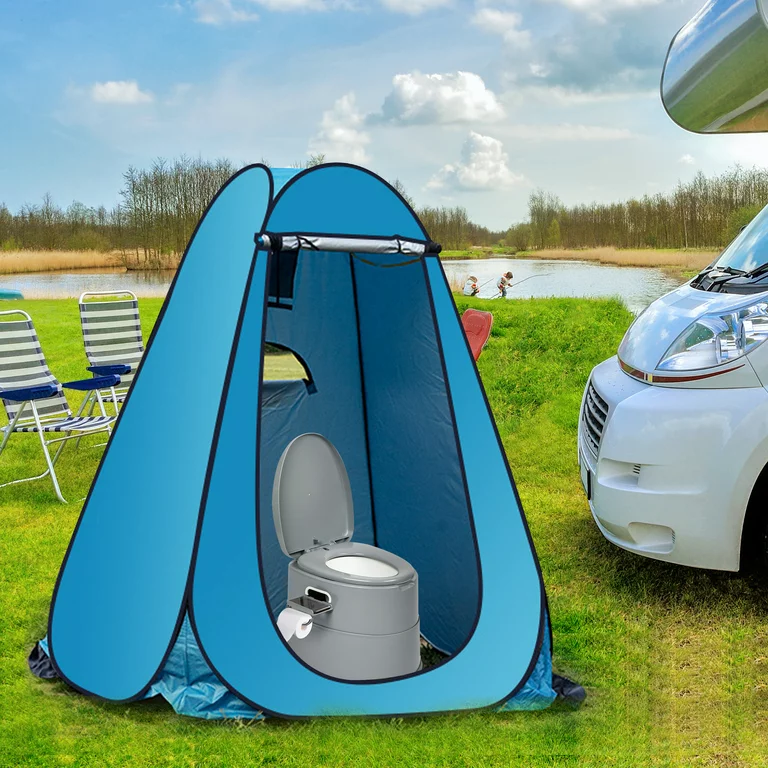Revolutionizing Site Sanitation Cutting-edge Solutions for Clean Environments
In the ever-evolving landscape of public health, the importance of sanitation cannot be overstated. As we continue to navigate through a global pandemic and various other health challenges, the need for cutting-edge solutions to ensure clean environments has never been more pressing. Revolutionizing site sanitation requires a multifaceted approach that incorporates advanced technologies, innovative strategies, and a commitment to excellence. At the forefront of this revolution are advancements in sanitation technology. From ultraviolet germicidal irradiation UVGI systems to electrostatic sprayers, these technologies offer efficient and effective methods for eliminating harmful pathogens from surfaces. UVGI systems utilize ultraviolet light to disinfect air and surfaces, providing a chemical-free solution that is safe for both humans and the environment. Similarly, electrostatic sprayers apply charged particles to surfaces, ensuring complete coverage and adherence to even the most complex surfaces. These technologies represent the future of site sanitation, offering unparalleled levels of cleanliness and protection. In addition to technological innovations, revolutionizing site sanitation requires a shift in mindset towards proactive rather than reactive approaches.

Traditional cleaning methods often focus on surface-level cleanliness, neglecting the hidden pathogens that lurk beneath and check it on Challenger Site Services. By implementing routine disinfection protocols and leveraging data-driven insights, organizations can identify high-risk areas and target their sanitation efforts accordingly. This proactive approach not only reduces the spread of illness but also instills confidence among occupants that their safety is a top priority. Furthermore, the integration of smart sanitation solutions holds immense promise for revolutionizing site sanitation. IoT-enabled sensors and monitoring devices can provide real-time data on cleanliness levels, allowing facilities managers to identify potential hygiene issues before they escalate. For example, sensors embedded in restroom fixtures can detect usage patterns and automatically trigger cleaning cycles, ensuring that high-traffic areas remain sanitary at all times. By harnessing the power of connectivity, organizations can streamline their sanitation processes and create cleaner, healthier environments for all. However, revolutionizing site sanitation is not just about implementing new technologies; it also requires a commitment to sustainability and environmental responsibility. Traditional cleaning products often contain harsh chemicals that can harm both human health and the planet.
By embracing eco-friendly alternatives and adopting green cleaning practices, organizations can minimize their environmental footprint while still achieving optimal cleanliness. From biodegradable disinfectants to energy-efficient sanitation equipment, sustainable solutions offer a holistic approach to site sanitation that benefits both people and the planet. Moreover, education and training play a crucial role in revolutionizing site sanitation. Ensuring that staff members are properly trained in hygiene protocols and sanitation best practices is essential for maintaining clean and safe environments. By investing in ongoing education and professional development, organizations can empower their teams to become stewards of cleanliness and champions of public health. Additionally, fostering a culture of cleanliness and accountability within an organization can further reinforce the importance of sanitation and encourage collective action towards achieving higher standards of cleanliness. By embracing cutting-edge solutions, adopting a proactive mindset, and prioritizing sustainability and education, organizations can create cleaner, safer environments that promote health and well-being for all. As we continue to navigate the challenges of the modern world, revolutionizing site sanitation remains paramount in safeguarding public health and ensuring a brighter, healthier future for generations to come.